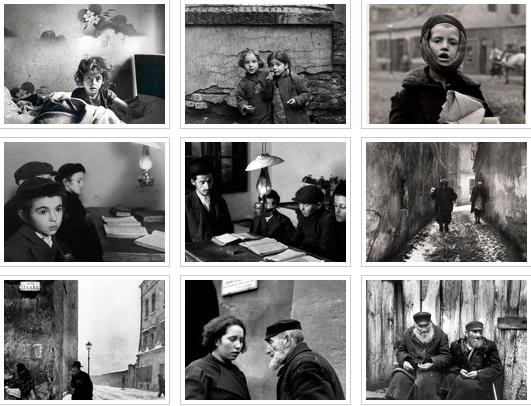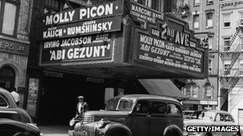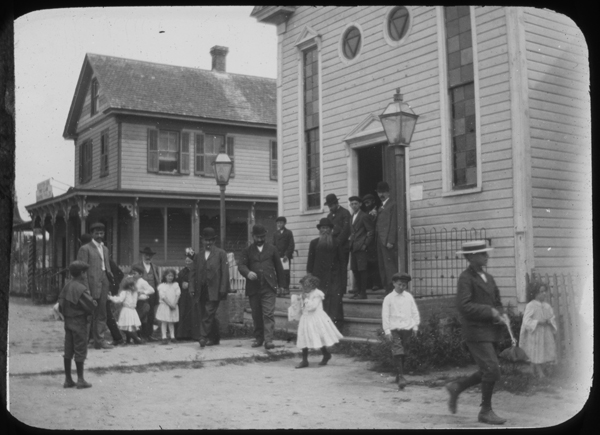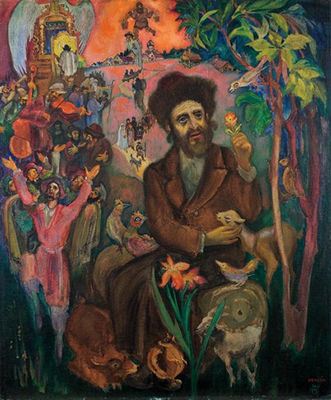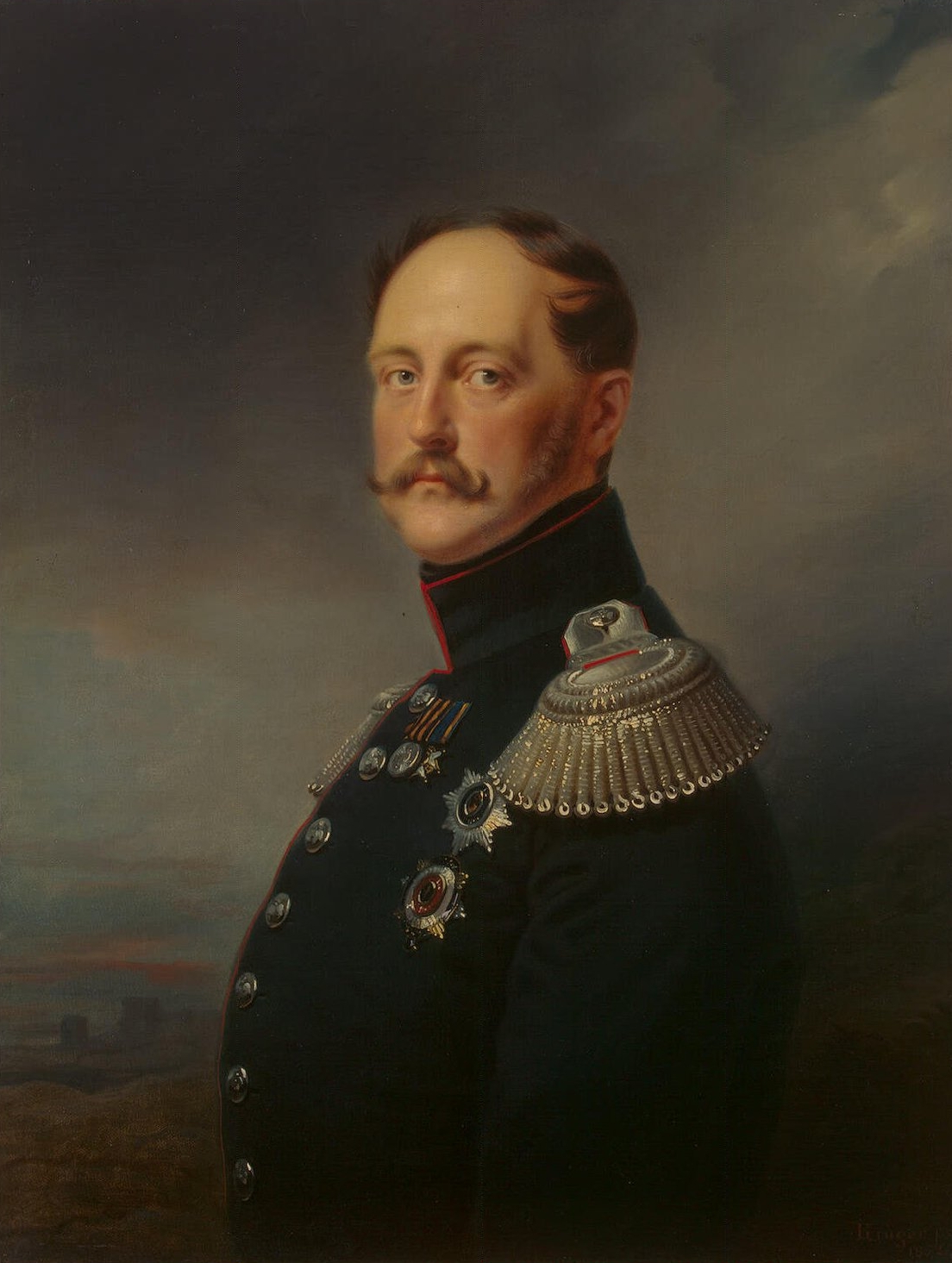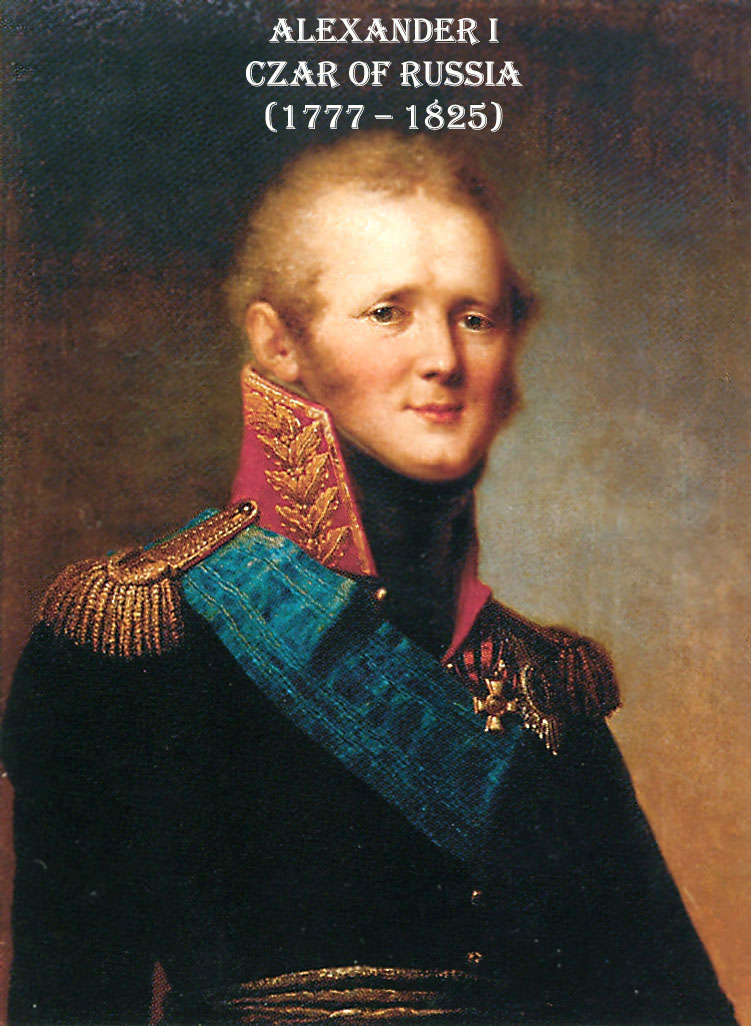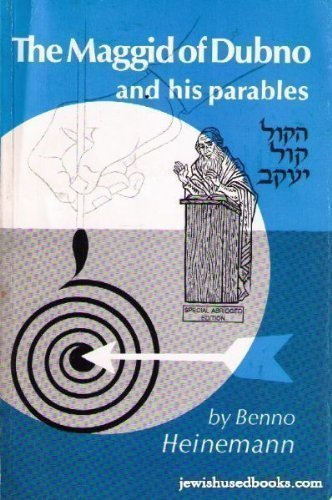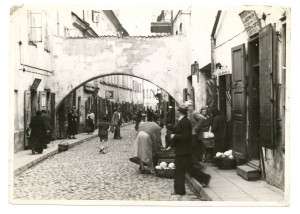
Vilnius, the capital city of Lithuania, was called Vilna by its Jewish population. The Jews made Vilna a Jewish city in the sense that New York is a Jewish city in today’s world. The Jews called Vilna the Jerusalem of Lithuania. It was a city of vibrant Jewish life for more than five centuries. Great rabbis and scholars lived, taught, wrote and formed Jewish life here.
The Gaon of Vilna, Rabbi Eliyahu Kremer, was the greatest Talmudic mind of many centuries, past and present. The Enlightenment/Haskalah of eighteenth and nineteenth century European life found its Jewish home amongst the Jewish intelligentsia of Vilna. The Yiddish literature and theater were products of Vilna. The Jewish labor union, the Bund, had its home in Vilna. The Bund was militantly antireligious, even holding its annual banquet in Vilna on Yom Kippur night!
Vilna was a Jewish city of vivid and bitter contests and contrasts. The greatest printed edition of the Talmud was produced by the Romm press in Vilna in the nineteenth century. It has remained the standard face of the page and pagination of the Talmud until today. It is still called “the Vilna Shas (Talmud).” The original edition of the Vilna Shas contained over 12,000 typos that the editors painstakingly collected and were determined to correct in the next edition of that monumental work.
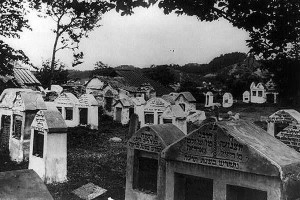
There were millions of characters of different fonts in that printing masterpiece so that 12,000 typos was really no big deal. However, in World War I German shells struck Vilna and the Romm press, destroying the list of typos, which are therefore still enshrined in most editions of the Talmud still being published today. There is an industry of Jewish scholarship extant today intent on ferreting out those typographical errors and correcting them. Vilna was the heart of Jewish scholarship and set the tone for the moderate, scholarly, and moral Lithuanian Jewish community.
Jewish Vilna was destroyed twice in the 1940s. It was first destroyed by the Soviets who, under the terms of the German-Russian pact of non-belligerence of 1939, swallowed up Lithuania and installed a puppet Communist government. Many of the great scholars were killed, the yeshivot closed and Jewish cultural life diminished under the Communist rule. Tragic and ironic it was that many of the Communist commissars that destroyed Jewish life in Vilna were themselves Jews. But this is a continuing irony that is reflected throughout all of Jewish history.
When Germany invaded Poland and later Lithuania, many Jews fled to Vilna for safety. Quite a few thousand Jews were saved by the interventions of the Dutch and Japanese consuls in Vilna. Nevertheless, by the end of 1941 the Jews of Vilna and Lithuania were doomed.
After the war there was almost no Jewish life allowed in Vilna by the Communist authorities. The ancient Jewish cemetery was leveled for a park and soccer field. The bodies of the Gaon of Vilna and other great scholars were reinterred. But since Vilna was in its totality a vast Jewish graveyard, the remembrance of what Vilna was to the Jewish people was systematically eradicated by the Communists.
Today Jewish Vilna exists but barely. It is safe to say that Vilna which was once 30% Jewish in population, and those Jews were heavily influential in the life of the city, will never again become the Jerusalem of Lithuania.

